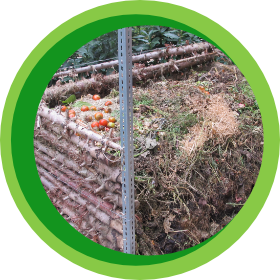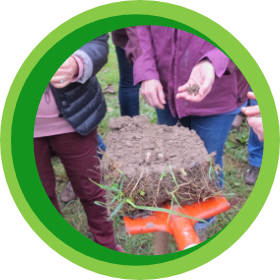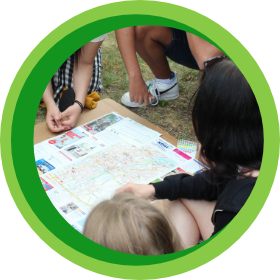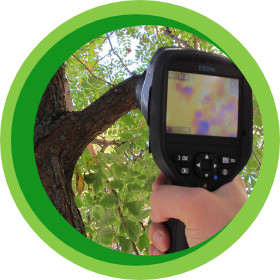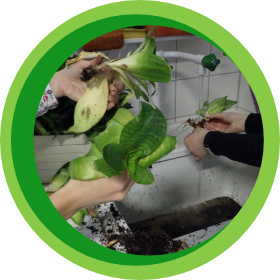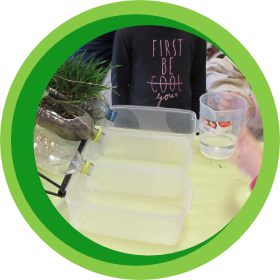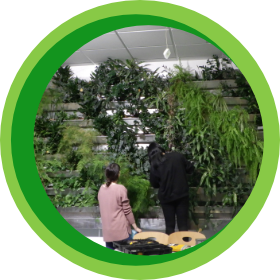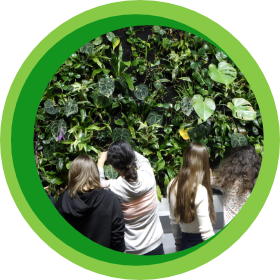Experiments
Experiment: How soil is formed
Nature knows no waste. With this experiment, the pupils learn about organic waste as valuable raw materials and basic principles of the circular economy.
Experiment: Soil analysis
The pupils learn about different types of soil and their composition by means of the finger roll test.
Experiment: Mapping
The pupils document different areas and their uses in the school garden and / or the school area. They discuss the different functions that the soil fulfils in these areas and the uses that take place or could take place.
Experiment: Measuring temperatures and surface temperatures
In this practical example, the pupils measure the temperatures at different locations. In this way, they observe at close range what influence materials, green spaces, plants and water have on our microclimate.
Experiment: Grow your own seedlings
Some plants must be pre-cultivated before they are planted. A practical and cost-saving option is to grow plants from the seeds yourself. This way, in contrast to greenhouse plants, they are immediately adapted to the environmental conditions and are thus more robust.
Experiment: Measuring water storage capacity
The experimental set-up is used to simulate a rainfall event on vegetated, open, and sealed ground. In this way, soil erosion and the effect of plants are illustrated. In addition, the different effects of rain on the soil with regards to the degree of sealing and soil vitality are highlighted.
Experiment: Climbing plants@school
With the help of this exercise, the pupils can observe and learn about plant growth and the climbing organs of climbing plants at close quarters. For this purpose, they also grow their own climbing plants.
Experiment: Greening your classroom
In this exercise, the classroom is to be greened and enhanced by numerous plants. The plants are chosen together, placed in the class, planted and cared for.
